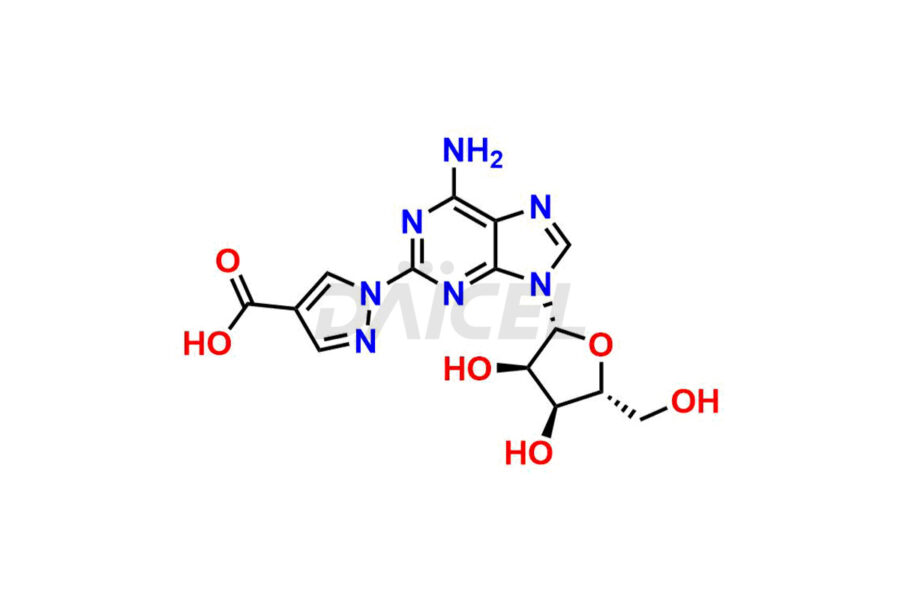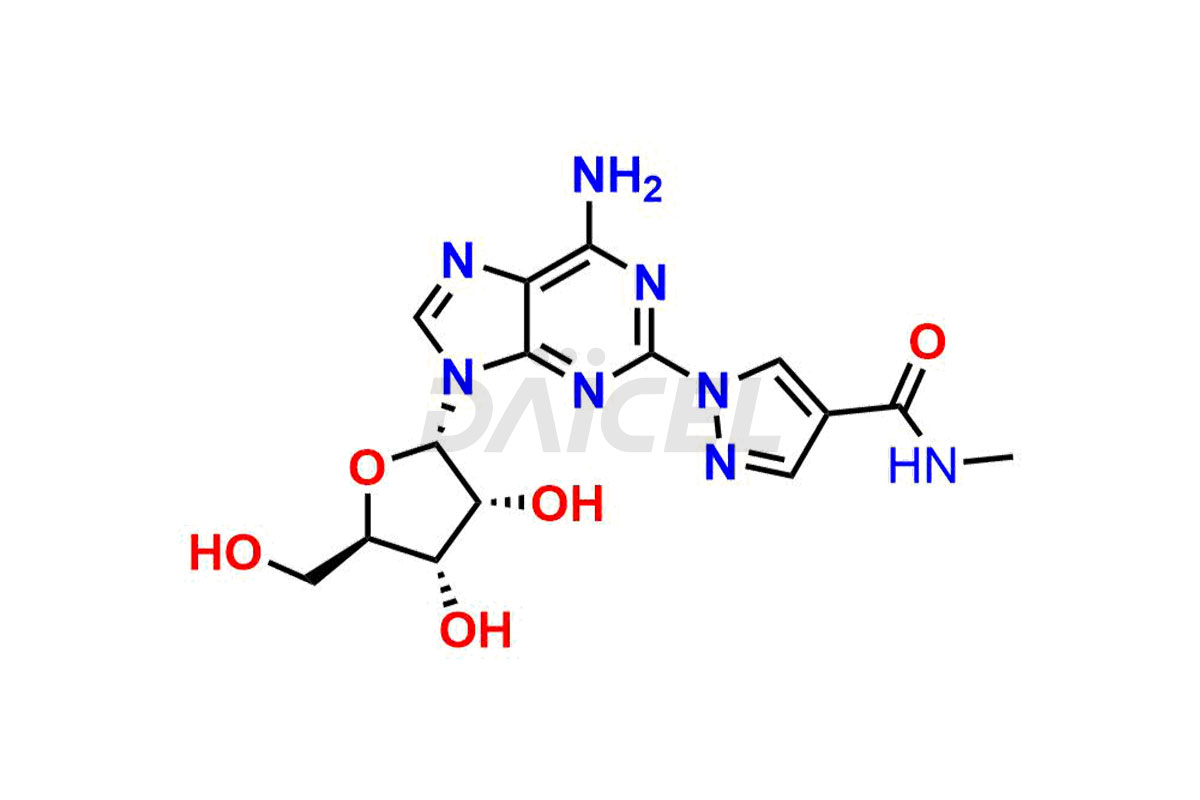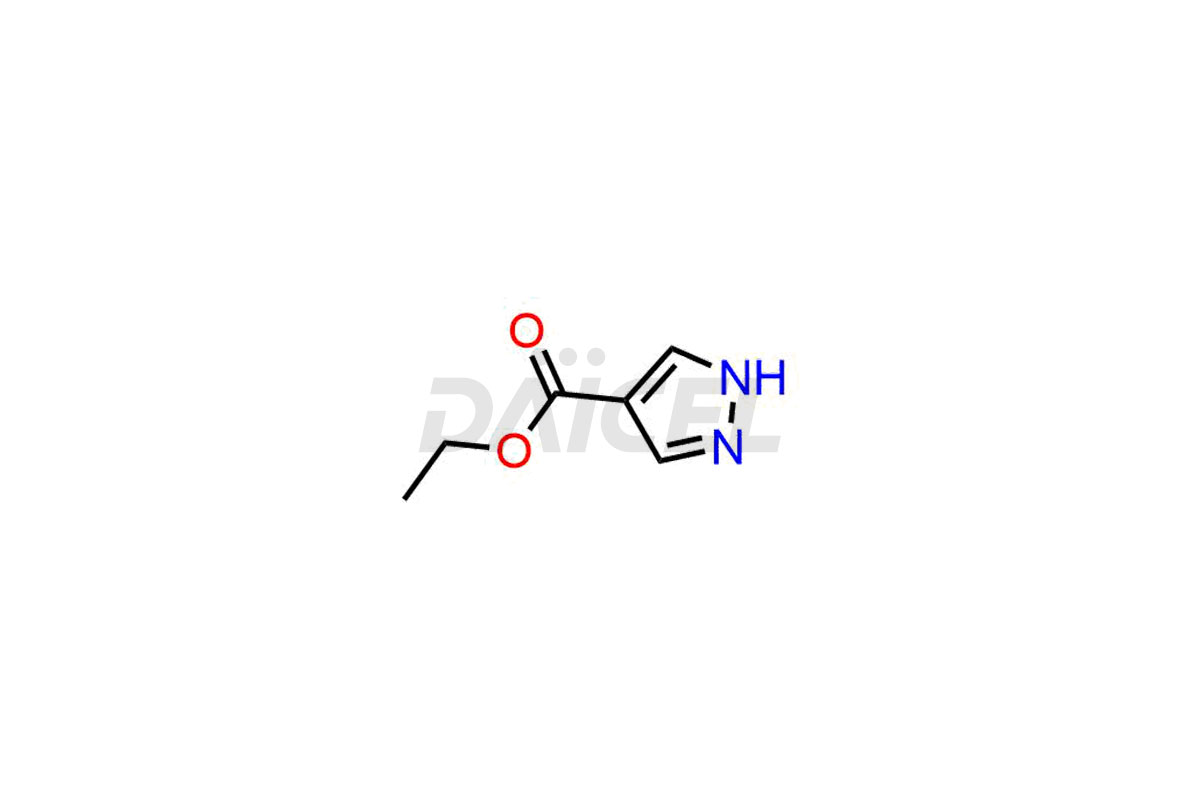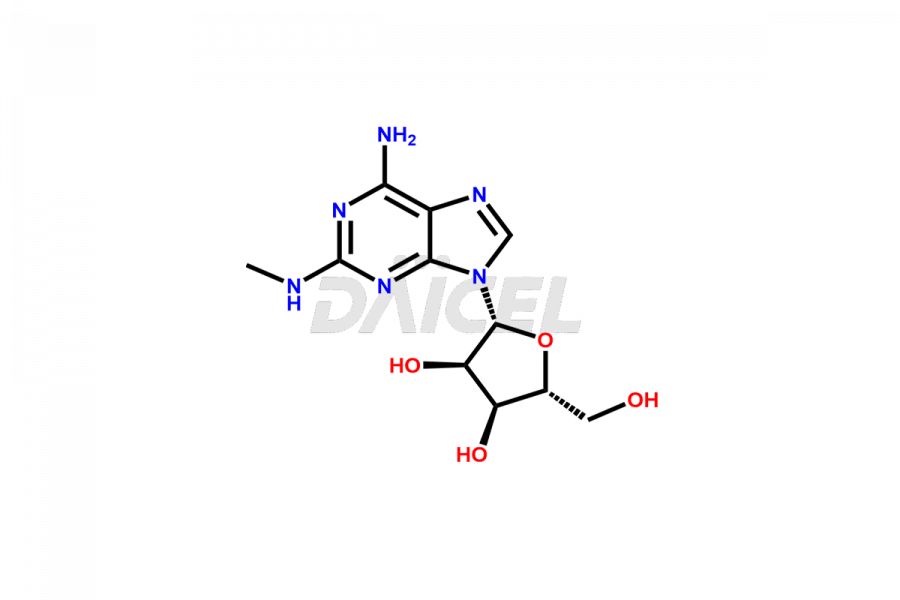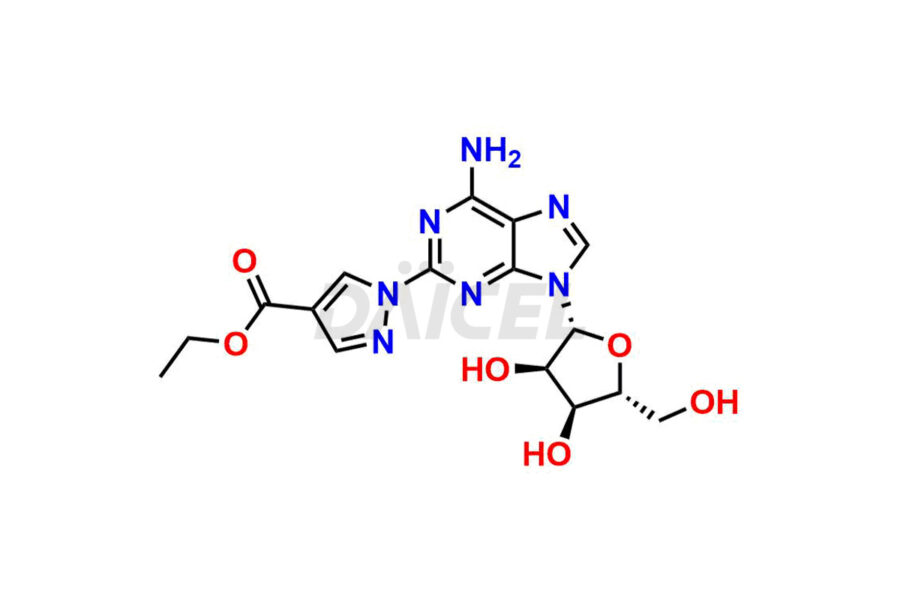Regadenoson
General Information
Regadenoson Impurities and Regadenoson
Daicel Pharma synthesizes Regadenoson impurity standards such as Regadenoson Impurity-7, Regadenoson Impurity-2, Regadenoson impurity C, Regadenoson impurity A, Regadenoson impurity D, and Regadenoson Carboxylic Acid impurity. These impurities are essential for Regadenoson quality, effectiveness, safety, and stability. Furthermore, Daicel Pharma synthesizes custom Regadenoson impurities and delivers them globally.
Regadenoson [CAS: 313348-27-5] is an adenosine receptor agonist. It helps in coronary vasodilation and myocardial perfusion imaging.
Regadenoson: Use and Commercial Availability
Regadenoson anhydrous is a Cardiac Stress Test Agent in Pharmacology. It is for diagnostic purposes. Rapiscan contains the active substance, Regadenoson, a selective coronary vasodilator. It is a stress agent for radionuclide myocardial perfusion imaging (MPI) for adult patients unable to undergo appropriate exercise stress. This drug is available under the tradename of Lexiscan.
Regadenoson Structure and Mechanism of Action 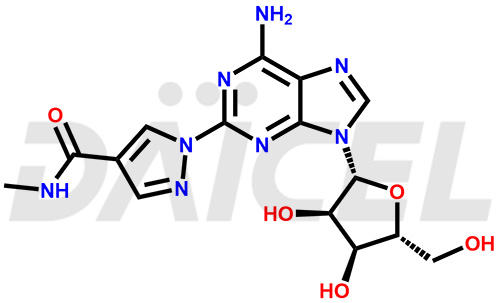
The chemical name of Regadenoson is 2-[4-[(Methylamino)carbonyl]-1H-pyrazol-1-yl]adenosine. Its chemical formula is C15H18N8O5, and its molecular weight is approximately 390.35 g/mol.
Regadenoson activates the A2A adenosine receptor, causes coronary vasodilation, and raises coronary blood flow (CBF).
Regadenoson Impurities and Synthesis
Regadenoson impurities are chemical compounds that form unintentionally during the production1 or storage of Regadenoson, a medicine used for cardiac stress testing. These impurities might come from raw materials, reagents, intermediates, or degradation products. Regadenoson impurities require strict control and monitoring to assure drug safety, efficacy, and quality, and analytical procedures help identify, quantify, and characterize these impurities.
Daicel Pharma offers a Certificate of Analysis (CoA) for Regadenoson impurity standards Regadenoson impurities such as Regadenoson Impurity-7, Regadenoson Impurity-2, Regadenoson impurity C, Regadenoson impurity A, Regadenoson impurity D, and Regadenoson Carboxylic Acid impurity. Our cGMP-certified analytical laboratory provides Daicel Pharma’s CoA and includes detailed characterization data such as 1H NMR, 13C NMR, IR, MASS, and HPLC purity2. More characterization details, such as those for 13C-DEPT, can be provided on request. Daicel Pharma specializes in synthesizing Regadenoson impurities and degradation compounds.
References
FAQ's
References
- Zablocki, Jeff A.; Elzein, Elfatih O.; Palle, Venkata P., N-pyrazole A2A adenosine receptor agonists, CV Therapeutics, Inc., United States, US6403567B1, June 11, 2002
- Wang, Dun-Jian; Wang, Da-Wei; Fang, Qiu-Chen; Shen, Ye; Zeng, Nv-Jin; Yang, Yan-Ling; Zhang, Hong-Wen; Wang, Yong-Qing; Sun, Lu-Ning, Development and validation of a hydrophilic interaction liquid chromatography-tandem mass spectrometry method for the quantification of regadenoson in human plasma and its pharmacokinetic application, Journal of Separation Science Volume: 45, Issue: 6, Pages: 1146-1152, 2022
Frequently Asked Questions
What is the impact of Regadenoson impurities on bioavailability?
The impact of Regadenoson impurities on bioavailability can vary and may affect the drug's absorption, distribution, metabolism, and excretion, potentially altering its therapeutic efficacy and safety.
Can Regadenoson impurities lead to variability in its therapeutic effects?
Yes, Regadenoson impurities can potentially lead to variability in its therapeutic effects.
What are the potential sources of impurities in Regadenoson synthesis?
The potential sources of impurities in Regadenoson synthesis can include starting materials, reagents, intermediates, and degradation products.
What are the temperature conditions required to store Regadenoson impurities?
Regadenoson impurities should be stored at a controlled room temperature between 2-8°C or as indicated on the Certificate of Analysis (CoA).
Note: Products protected by valid patents by a manufacturer are not offered for sale in countries having patent protection. The sale of such products constitutes a patent infringement, and its liability is at the buyer's risk.

